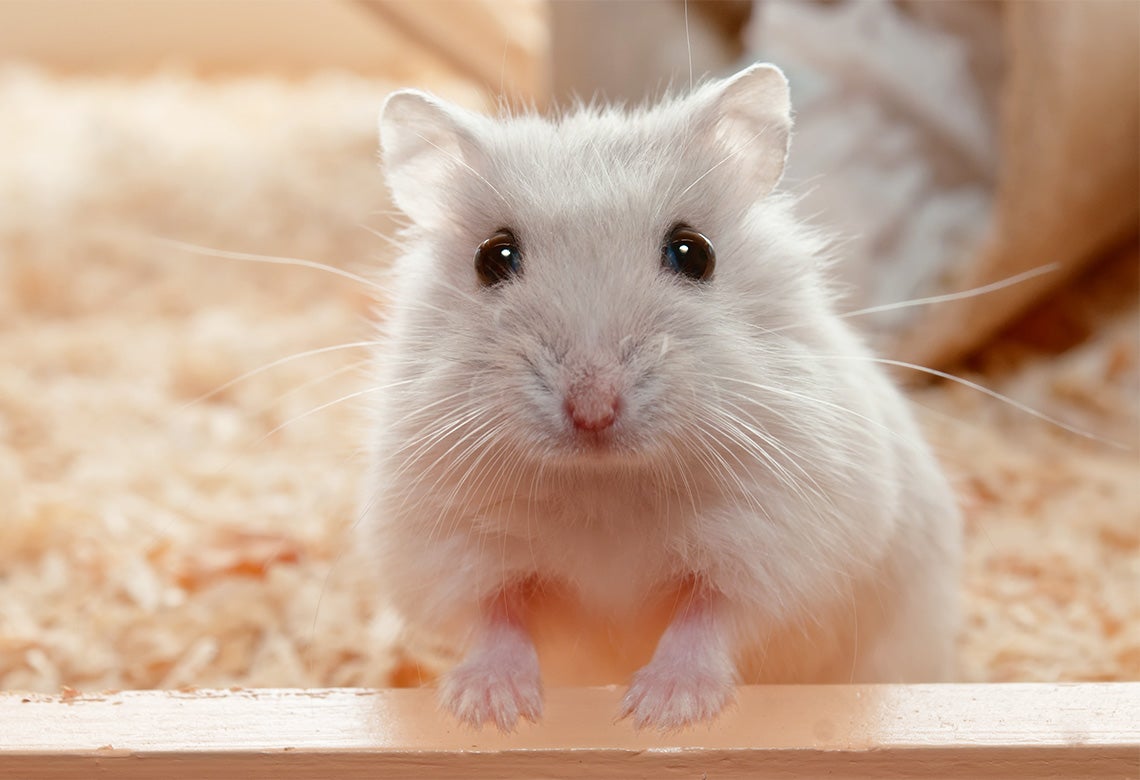Best Hamster for Children Under 10
Finding a suitable pet for children can be a rewarding experience, and hamsters make excellent companions due to their small size, playful nature, and relatively low maintenance requirements. However, not all hamster breeds are suitable for kids under ten. In this guide, we will explore the best hamster breeds, considerations for pet ownership, and how to ensure that both children and hamsters enjoy a happy, fulfilling relationship.
Choosing the Right Hamster Breed
The first step in selecting the best hamster for children is to understand the different breeds available. Each breed comes with its own personality traits, care needs, and lifespan. Typically, **Syrian hamsters** and **Dwarf hamsters** are the most popular choices for young pet owners.
Syrian Hamsters
**Syrian hamsters**, also known as golden hamsters, are generally larger and are one of the most common breeds kept as pets. They are typically friendly and enjoy interaction with humans, making them suitable for children. Syrian hamsters are best kept alone in their cages, as they can be territorial. Additionally, their larger size and gentle temperament make **Syrian hamsters** easy for kids to handle.

Dwarf Hamsters
Dwarf hamsters, including the **Roborovski** and **Winter White**, are smaller and more active than Syrian hamsters. They are social animals and can often be found living peacefully in pairs or small groups. Due to their tiny size, dwarf hamsters require careful handling, which can be a perfect learning opportunity for children. It’s essential to supervise small kids when interacting with these energetic little pets, as they can be quick and a bit more challenging to catch if they escape.

Hamster Care Tips for Kids
Understanding how to care for a hamster is vital not just for the pet’s well-being but also for teaching children responsibility. Here’s how kids can get involved in caring for their new furry friend.
Feeding Hamsters
Hamsters often require a balanced diet made up of specially formulated hamster pellets, fresh fruits, and vegetables. **Children can assist with feeding by helping to portion out the hamster’s pellets daily**. However, parents should supervise the process and educate children about foods that hamsters should avoid, such as citrus fruits and chocolate, which can be harmful to them.
Cleaning the Cage
Keeping a hamster’s cage clean is a crucial part of ensuring their health and happiness. **Children can help with this task** by removing soiled bedding, refreshing their water bowl, and cleaning food dishes weekly. It’s also an excellent way for children to learn about pet hygiene. Ensuring that the hamster’s living environment is fresh will help prevent odors and maintain a healthy habitat for the pet.

Safety Tips for Kids and Hamsters
Creating a safe environment for both the hamster and children is crucial. Children need to learn how to handle and interact with their hamster gently. Here are some tips to ensure safety during playtime.
Supervised Playtime
Always supervise young children during playtime with hamsters. **Safe and secure interaction** should be prioritized to avoid accidental drops or escapes. Teach them to handle hamsters carefully and to avoid picking them up by the tail, which can hurt the hamster. Provide a safe space for the hamster to play, such as a hamster ball or a secured playpen designed for pets, helping avoid any mishaps.
Establishing Boundaries
It’s essential to establish boundaries regarding when and how a hamster can be handled. **Teach children to respect the hamster’s space**, especially if it’s sleeping or hiding. Encouraging the child to observe their pet quietly can foster a bond and teach them about animal behavior. Parents can also set guidelines on how long interactions should last, ensuring the hamster does not feel stressed or overwhelmed.

Conclusion
Choosing the right hamster and ensuring proper care can cultivate a wonderful bond between children and their pet. Syrian and Dwarf hamsters offer unique personalities and care needs that can be tailored to the child’s level of maturity. By encouraging responsibility and providing supervision, children can learn valuable life lessons through the joys of hamster ownership. Remember, patience and kindness are key ingredients to a successful pet-keeping experience.
FAQ
1. What is the best type of hamster for children under 10?
The **best types of hamsters** for young children are typically Syrian hamsters due to their larger size, friendly nature, and simplicity in care. Dwarf hamsters can also be a great option, but they may require more careful handling due to their quick movements.
2. How often should a hamster be handled to keep it friendly?
It’s recommended to handle your hamster for about 10-15 minutes daily to build trust and familiarity. Regular, gentle interactions will help it feel comfortable with its owners. **Children should be supervised during these sessions** to learn how to interact properly.
3. Can hamsters live together in the same cage?
It depends on the breed. **Syrian hamsters are solitary** and should be kept alone, while some dwarf hamster species can live together if introduced properly. Understanding each type’s social needs is crucial for preventing stress and territorial disputes.
4. What foods are safe for hamsters?
Hamsters can eat a variety of foods, including **commercial hamster pellets** and fresh fruits such as apples and carrots. Avoid feeding them sugary snacks, junk food, and anything acidic, as these can be harmful to their health.
5. How can I tell if my hamster is happy?
A happy hamster will exhibit certain behaviors like being active, exploring, and engaging with its environment. **Regular grooming and a healthy appetite** are also good indicators of a hamster’s well-being. Additionally, a clean cage and stimulating toys contribute to a contented pet.
Encouraging children to take part in these observations helps them better understand their pet’s needs and develop empathy towards animals.
